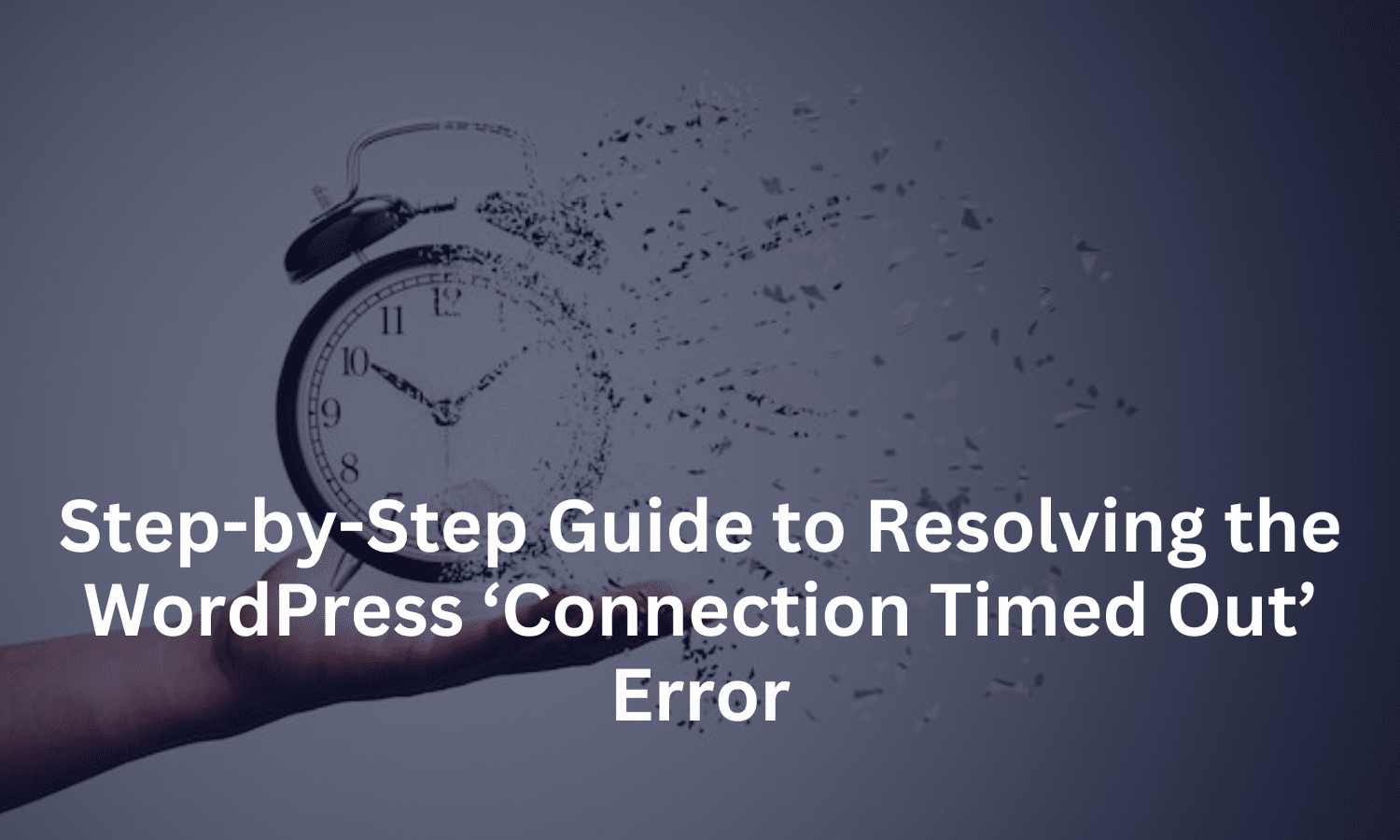Recommended Services
Supported Scripts
WordPress
Hubspot
Joomla
Drupal
Wix
Shopify
Magento
Typeo3
Month: January 2025
How to Fix 404 Not Found Errors on WordPress
A 404 Not Found error is an HTTP status code that indicates the requested page could not be found on the server. This usually happens when a page or post has been deleted, the URL has changed, or there’s an issue with site structure or permalinks. ...
How to Troubleshoot and Fix Plugin Conflicts in WordPress
WordPress plugins are great tools for adding functionality to your website. However, sometimes these plugins can conflict with each other or with your theme, causing errors or unexpected behavior on your site. If you’re experiencing issues like broken features, errors, or a blank screen, a plugin conflict ...
Step-by-Step Guide to Resolving the WordPress ‘Connection Timed Out’ Error
Facing the ‘Connection Timed Out’ error on WordPress can be frustrating, as it prevents visitors from accessing your site and blocks your own attempts to access the dashboard. This error often indicates that your site is trying to do more than your server can handle. Fortunately, there ...



